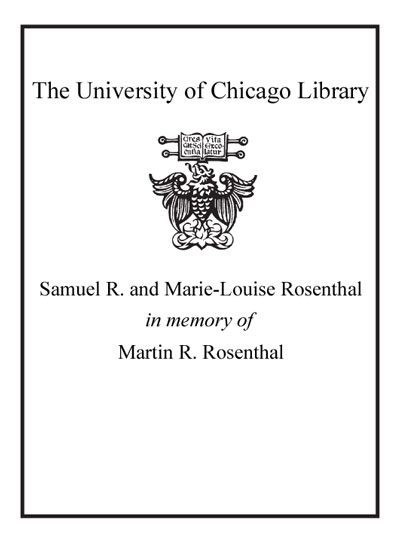The ten-thousand year fever : rethinking human and wild primate malarias /
Saved in:
| Author / Creator: | Cormier, Loretta A. |
|---|---|
| Imprint: | Walnut Creek, Calif. : Left Coast Press, c2011. |
| Description: | 241 p. ; 24 cm. |
| Language: | English |
| Series: | New frontiers in historical ecology ; v. 2 New frontiers in historical ecology ; v. 2. |
| Subject: | |
| Format: | E-Resource Print Book |
| URL for this record: | http://pi.lib.uchicago.edu/1001/cat/bib/8948610 |
Table of Contents:
- Introduction: malaria as a primate disorder
- Co-evolution: parasites, vectors, and hosts
- Falciparum type: the great ape malaria
- Vivax type: the macaque malaria
- Migration: malaria in the New World
- Rhesus factor: experimental studies in wild primates
- Ethics: human experimentation
- Future: the primate malaria landscape
- Appendix 1. Plasmodia parasites and their natural primate hosts
- Appendix 2. Experimentally induced plasmodium cross-infections into novel hosts
- Appendix 3. Naturally acquired cross-infections with novel malaria parasites
- Appendix 4. Primate species and all infections with plasmodium parasites.

